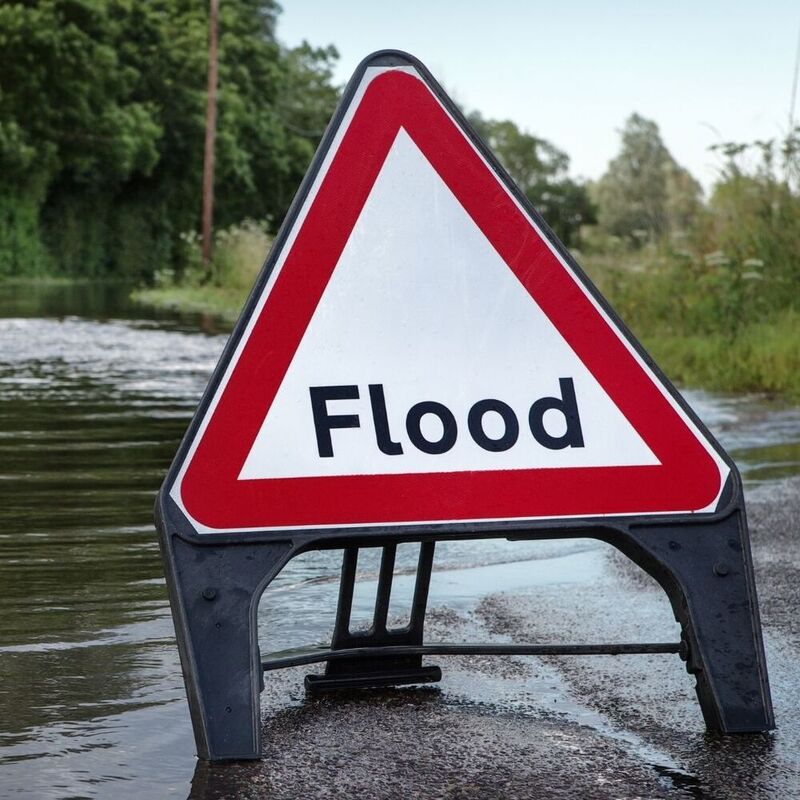
Floods in Australia
In Australia, there are three main types of flooding:
Riverine floods
are the most common form of flooding in Australia. The two main contributors to riverine flooding are heavy rainfall and the lands capacity to absorb water. When the land becomes saturated, the excess water flows into river systems and can caused them to exceed their capacity. This causes the water the flow into the low-lying areas adjacent.
Flash floods
can occur almost anywhere from short intense bursts of rainfall, making them one of the most dangerous forms of flooding.
Coastal floods
happen when a low-pressure system or strong onshore winds force sea levels to rise above normal levels, creating a storm surge that can cause flooding of low-lying areas close to tidal waterways and foreshores


